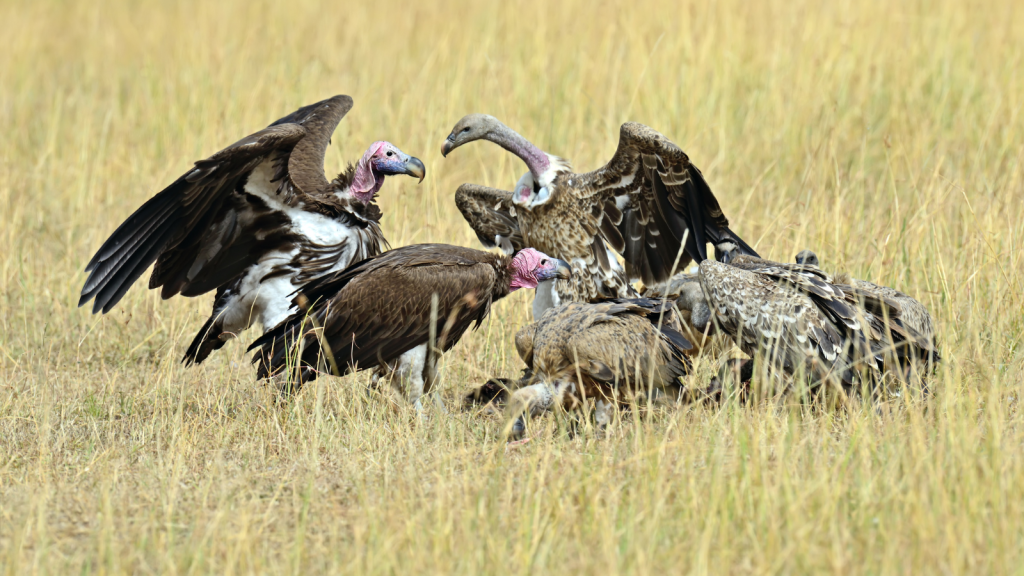Carrion, or the remains of dead animals, is an important food source for many creatures. While it might seem unappealing to us, these animals have evolved to thrive on scavenging, helping to recycle nutrients and keep their environments clean. Some are specialists, relying almost entirely on carrion, while others are opportunists, taking advantage of an easy meal when they find one. These creatures play a critical role in nature, ensuring that nothing goes to waste. Here are 15 animals that feed on carrion.
1. Vultures
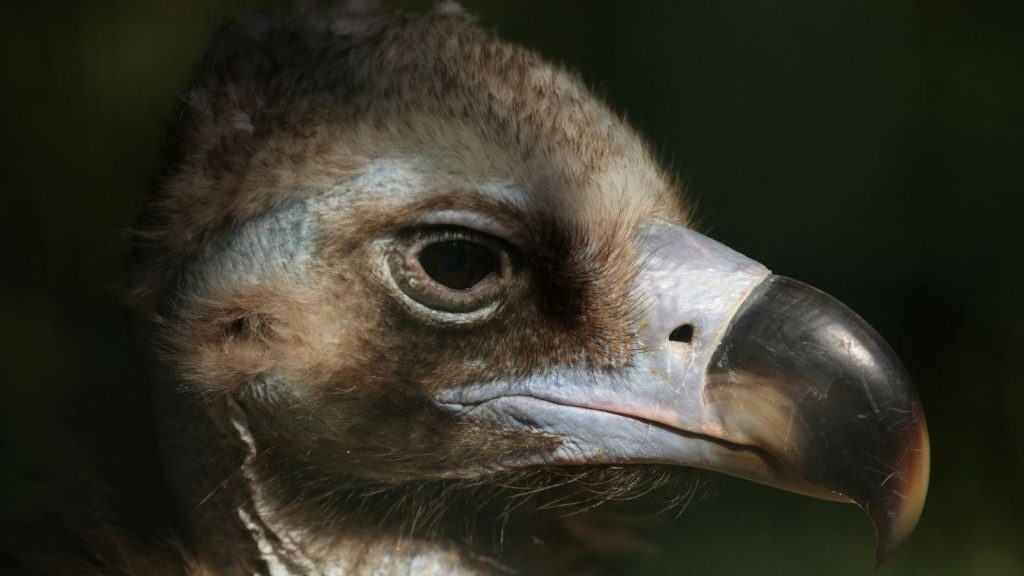
Vultures are perhaps the most famous carrion eaters. With their powerful beaks and strong stomach acids, they can consume even the toughest parts of a dead animal. They’re often seen circling high in the sky, searching for their next meal. Vultures are found all over the world and are key players in keeping environments clean by consuming decaying flesh.
2. Hyenas
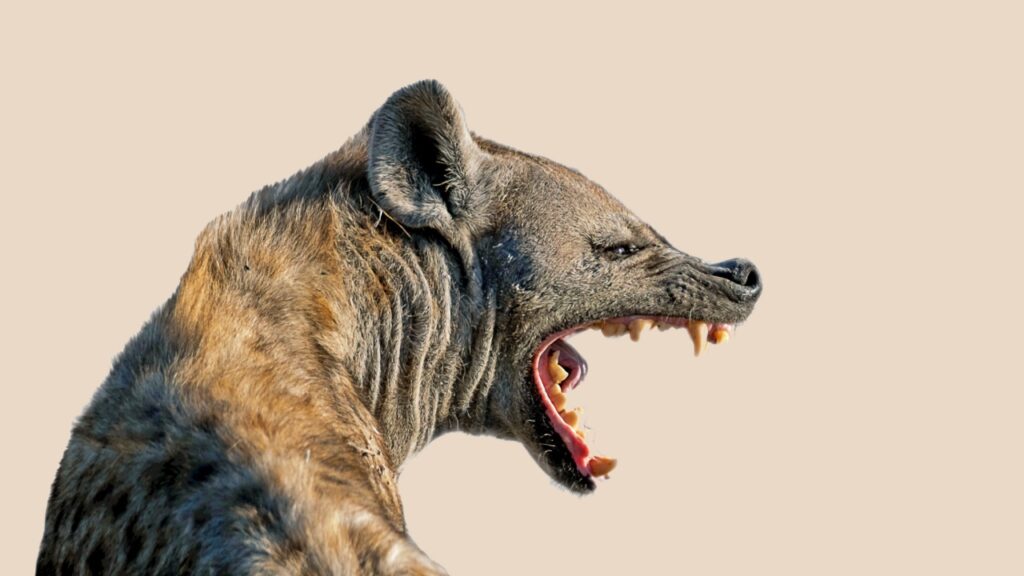
Hyenas are known for their bone-crushing jaws and scavenging habits, though they also hunt live prey. When feeding on carrion, hyenas can digest bones, tendons, and other tough materials that most animals can’t. They often follow larger predators like lions, waiting to feed on what’s left behind after a kill.
3. Black Bears
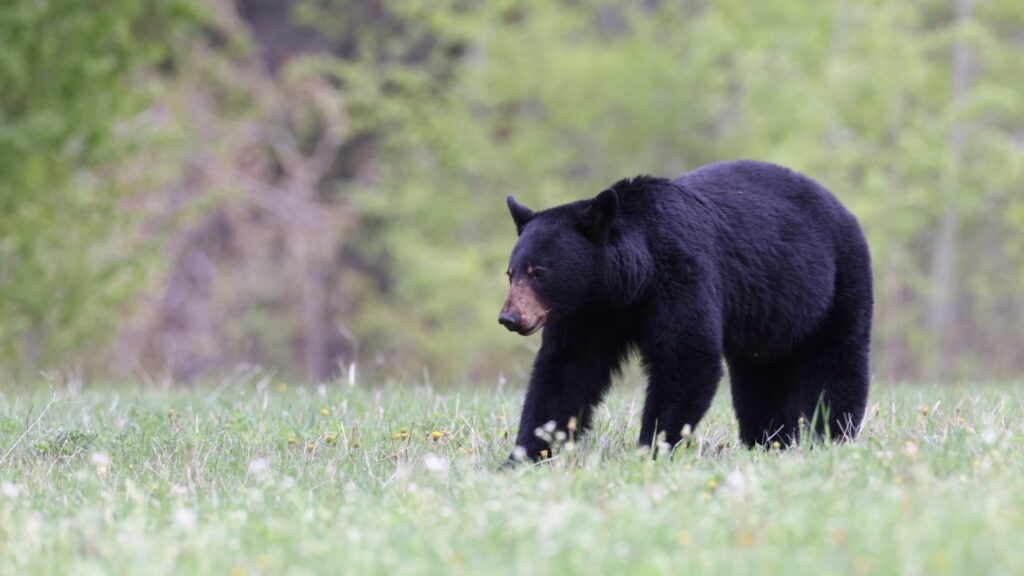
While black bears are omnivores, eating everything from berries to fish, they are also scavengers. When they come across carrion, they will readily feed on it, especially in lean times. Bears have a strong sense of smell and can detect dead animals from miles away, making them efficient scavengers.
4. Crows
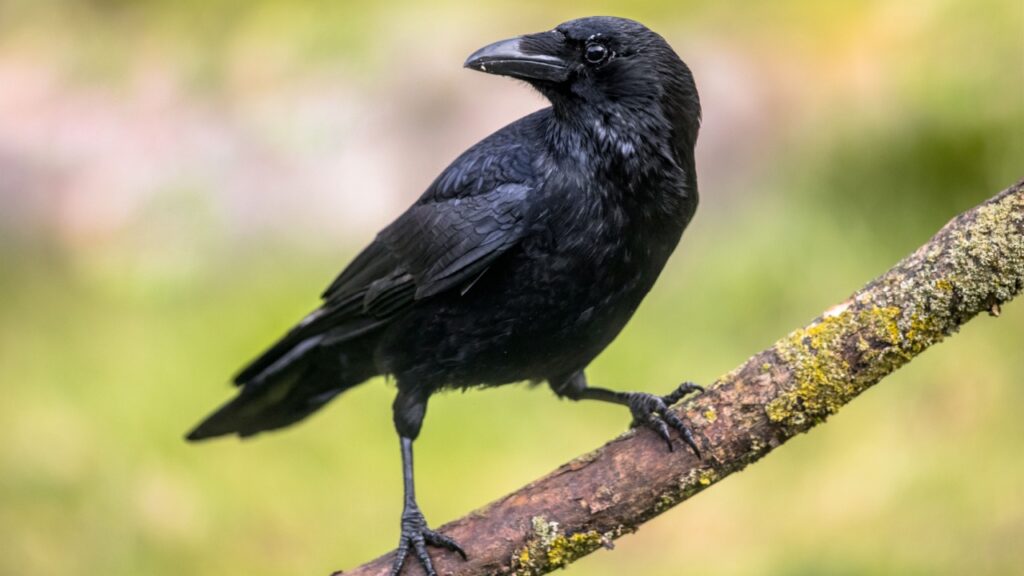
Crows are intelligent birds that often feed on carrion when other food sources are scarce. They are opportunistic scavengers, often found picking at roadkill or feeding on the remains left by larger animals. Crows are highly adaptable and have been observed using their problem-solving skills to access difficult-to-reach food.
5. Wolves
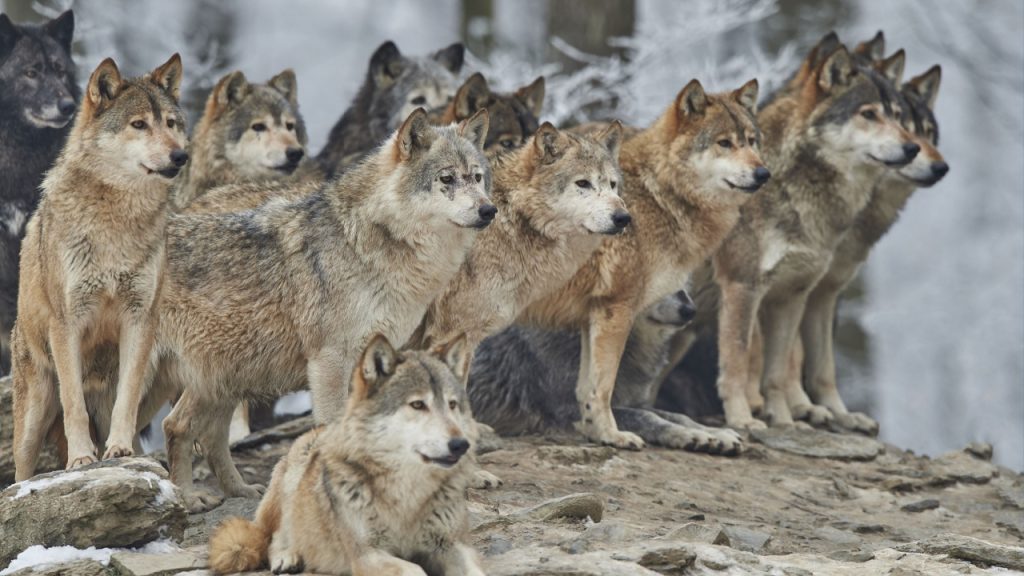
Wolves are primarily hunters, but they won’t pass up the opportunity to scavenge carrion when it’s available. In fact, during harsh winters, wolves may rely more on scavenging than hunting. Their keen sense of smell helps them locate dead animals, and their strong pack structure allows them to fend off other scavengers.
6. Foxes
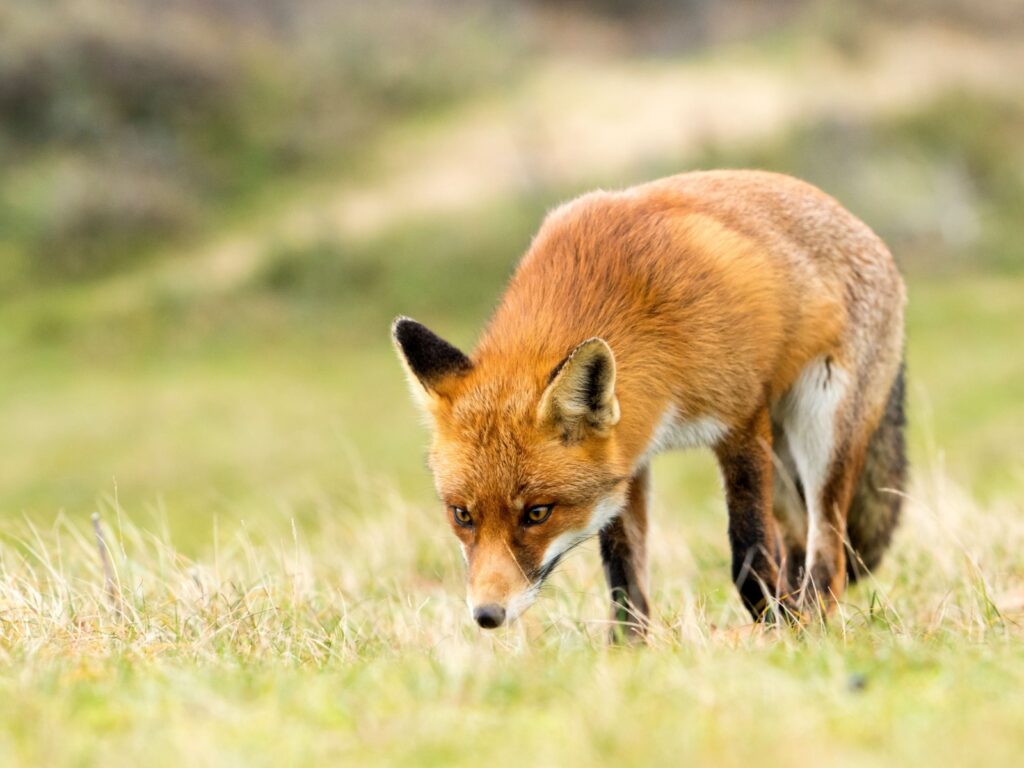
Foxes are another example of opportunistic scavengers. While they prefer to hunt small animals like rabbits or birds, they will eat carrion if it’s available. Foxes often cache their food, storing excess carrion for later meals when food is harder to find.
7. Komodo Dragons
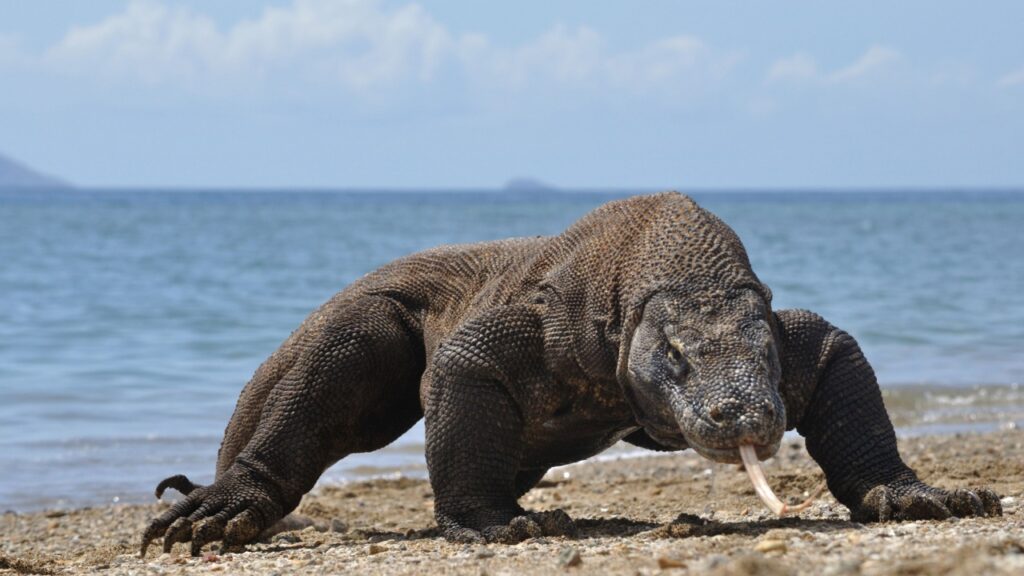
Komodo dragons are massive lizards found in Indonesia, and they have a well-known appetite for carrion. These reptiles can detect a dead or dying animal from several miles away and will often feast on the remains. Their strong jaws and sharp teeth allow them to tear through tough skin and bones with ease.
8. Raccoons
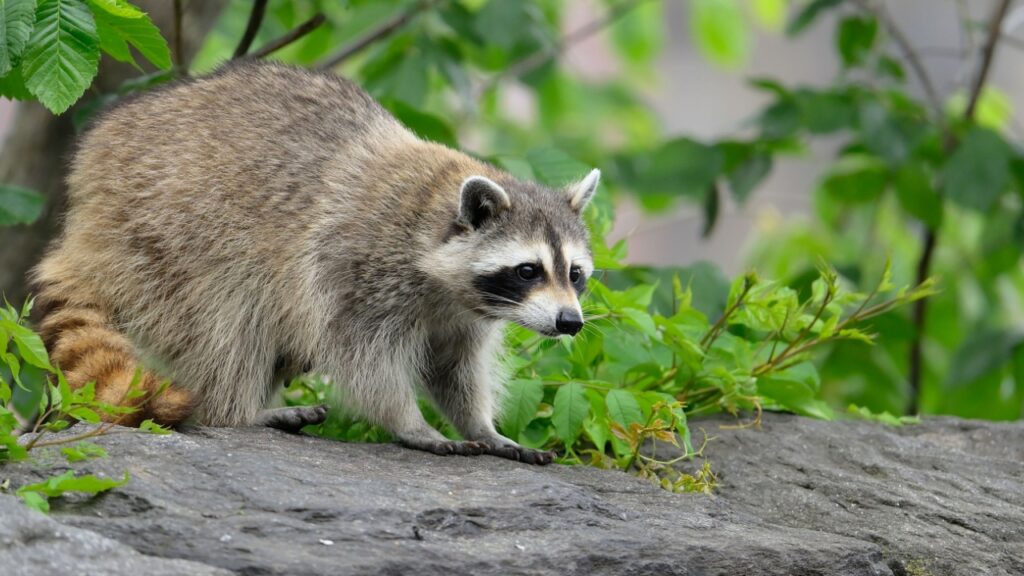
Raccoons are highly adaptable scavengers that eat just about anything, including carrion. They are often found near human settlements, feeding on roadkill or other animal remains they come across. Raccoons use their nimble hands to tear apart their meals and are opportunists in every sense.
9. Bald Eagles
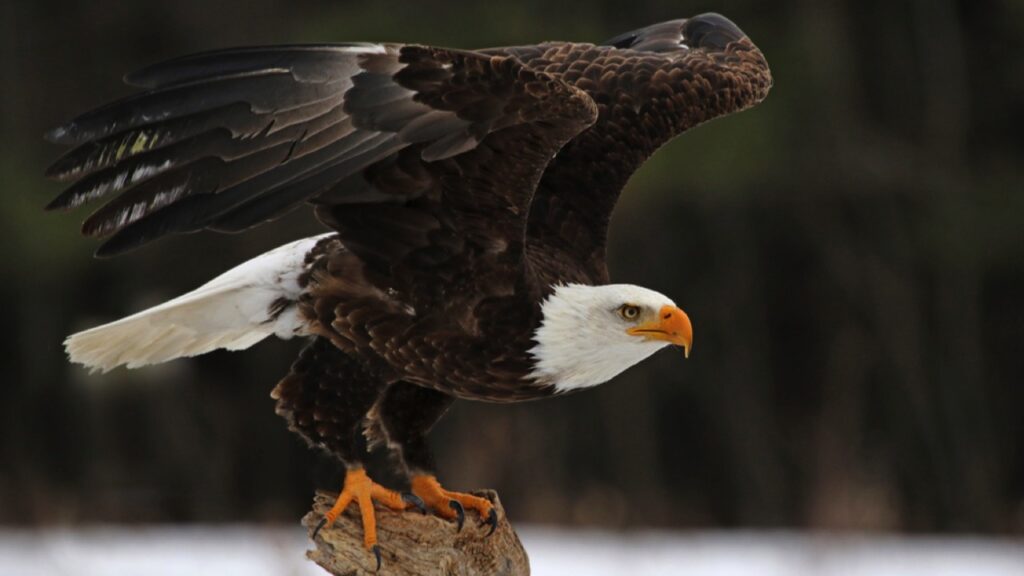
While bald eagles are known for their hunting skills, they also frequently scavenge carrion. These birds of prey will steal food from other animals or eat the remains of dead fish, mammals, and birds. Bald eagles are often seen near water, where they feed on dead fish washed ashore.
10. Tasmanian Devils
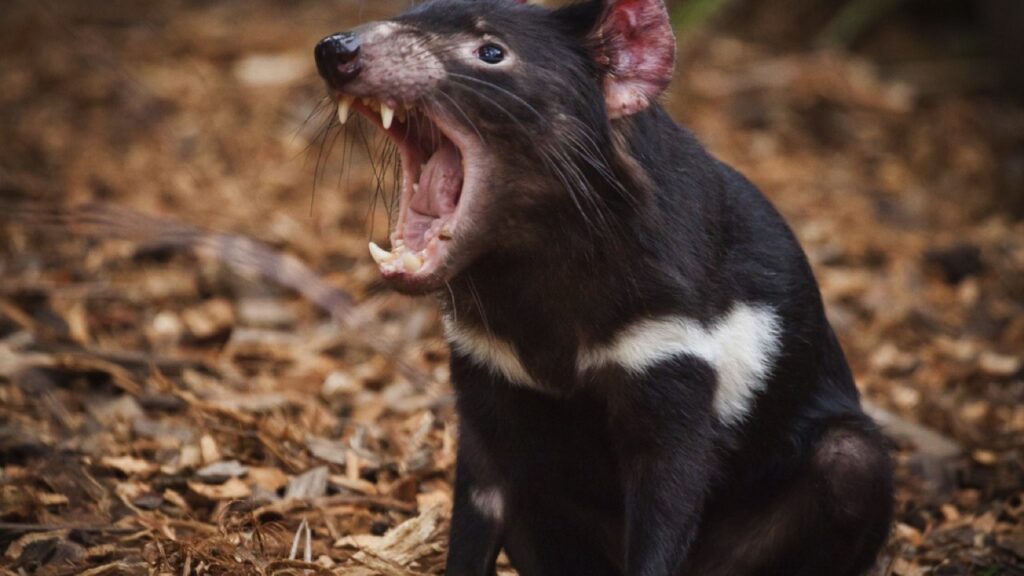
Tasmanian devils are carnivorous marsupials native to Australia, and they are well-known scavengers. They have powerful jaws and teeth, allowing them to consume almost every part of a dead animal, including bones. Tasmanian devils are often heard screeching while feeding, especially when competing for carrion with other devils.
11. Spotted Hyenas
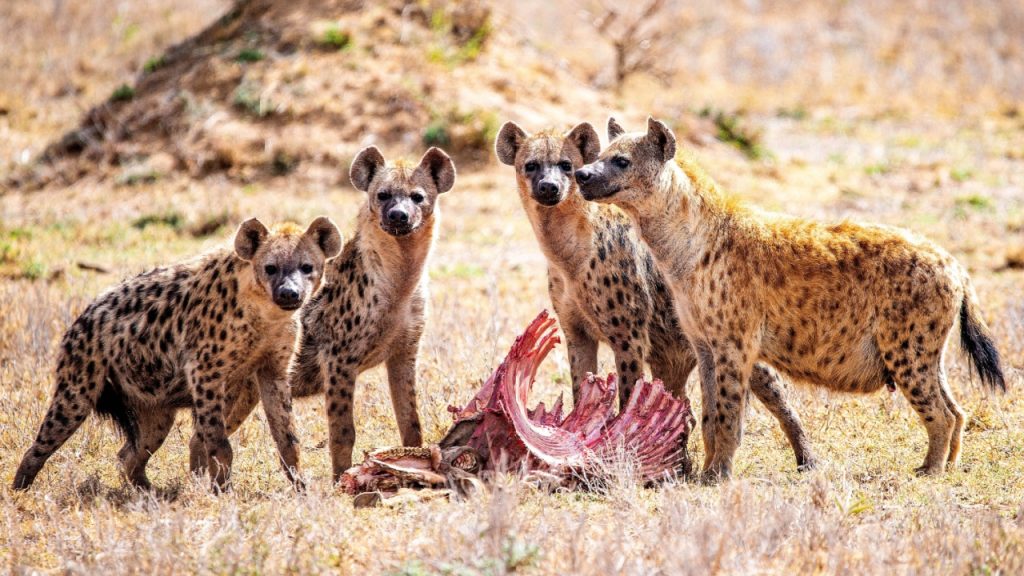
Spotted hyenas, like their cousins, are famous for their scavenging habits. With powerful digestive systems, they can eat everything from meat to bone. In areas where food is scarce, they thrive on the remains left by other predators, though they are also skilled hunters in their own right.
12. Golden Jackals
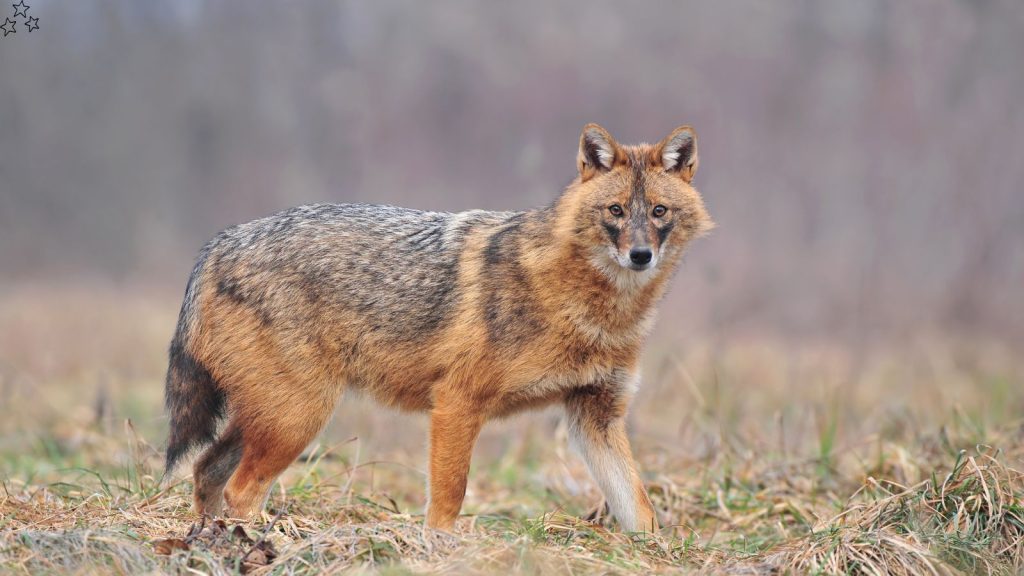
Golden jackals are opportunistic carnivores that scavenge for food whenever they get the chance. They are found in parts of Africa and Asia, where they feed on small animals, carrion, and even human garbage. Their ability to adapt to different environments makes them highly successful scavengers.
13. Beetles
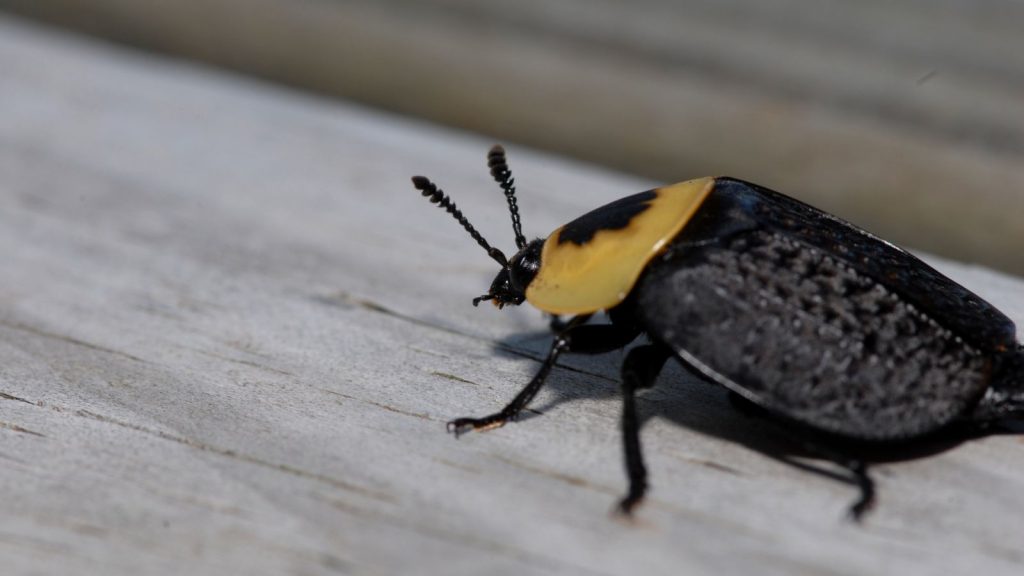
Many beetle species, such as carrion beetles, are specialized scavengers. These insects are often the first to arrive at a carcass, feeding on decaying flesh and helping to break down the body. Carrion beetles also lay their eggs in the remains, providing a food source for their larvae.
14. Andean Condors
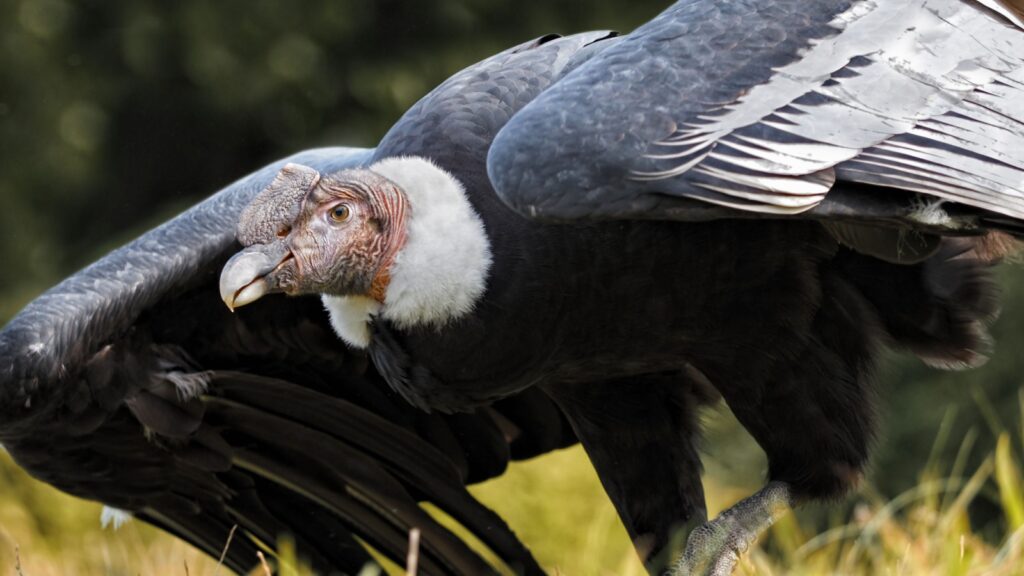
The Andean condor, one of the largest flying birds, feeds almost exclusively on carrion. Found in the Andes Mountains of South America, these birds use their sharp beaks to tear into the flesh of dead animals. Their large wingspan allows them to soar high above, searching for food over vast distances.
15. Opossums
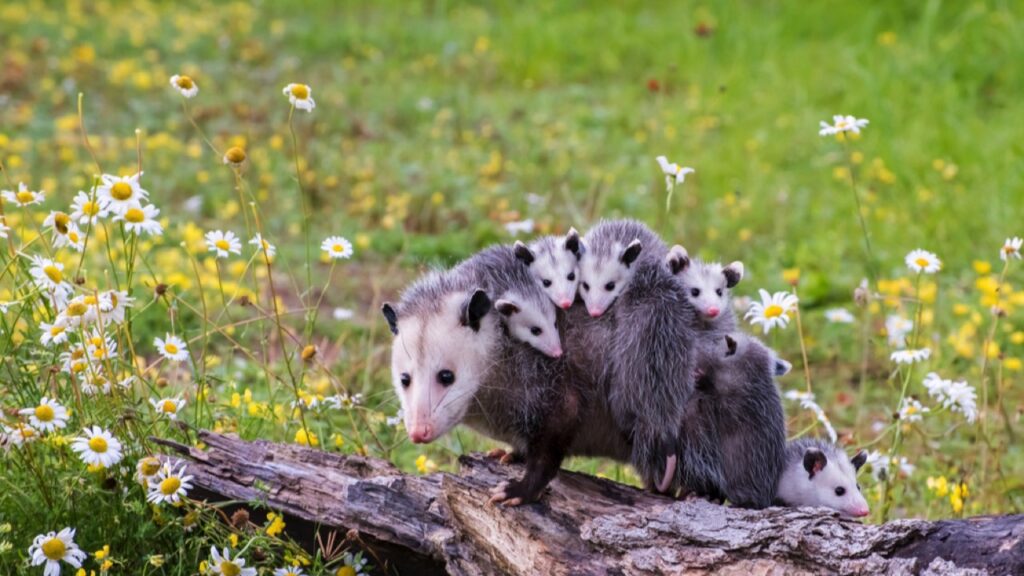
Opossums are nocturnal scavengers that will eat just about anything, including carrion. They often come across roadkill or other dead animals during their nightly foraging. With their keen sense of smell and ability to eat rotting food that would make most animals sick, opossums play a role in cleaning up the environment.

